On a tranquil summer evening, just as the sun dips below the horizon and darkness begins to settle, an ethereal spectacle sometimes appears in the sky—clouds that shimmer with a ghostly blue-white light. These mysterious night-shining clouds, or noctilucent clouds, seem almost otherworldly, as if the heavens themselves are putting on a secret show for those lucky enough to witness it. Their beauty is haunting, their appearance rare, and their story an intersection of science, wonder, and the changing climate of our planet. Have you ever wondered what creates these glowing veils that dance high above our world?
What Are Noctilucent Clouds?
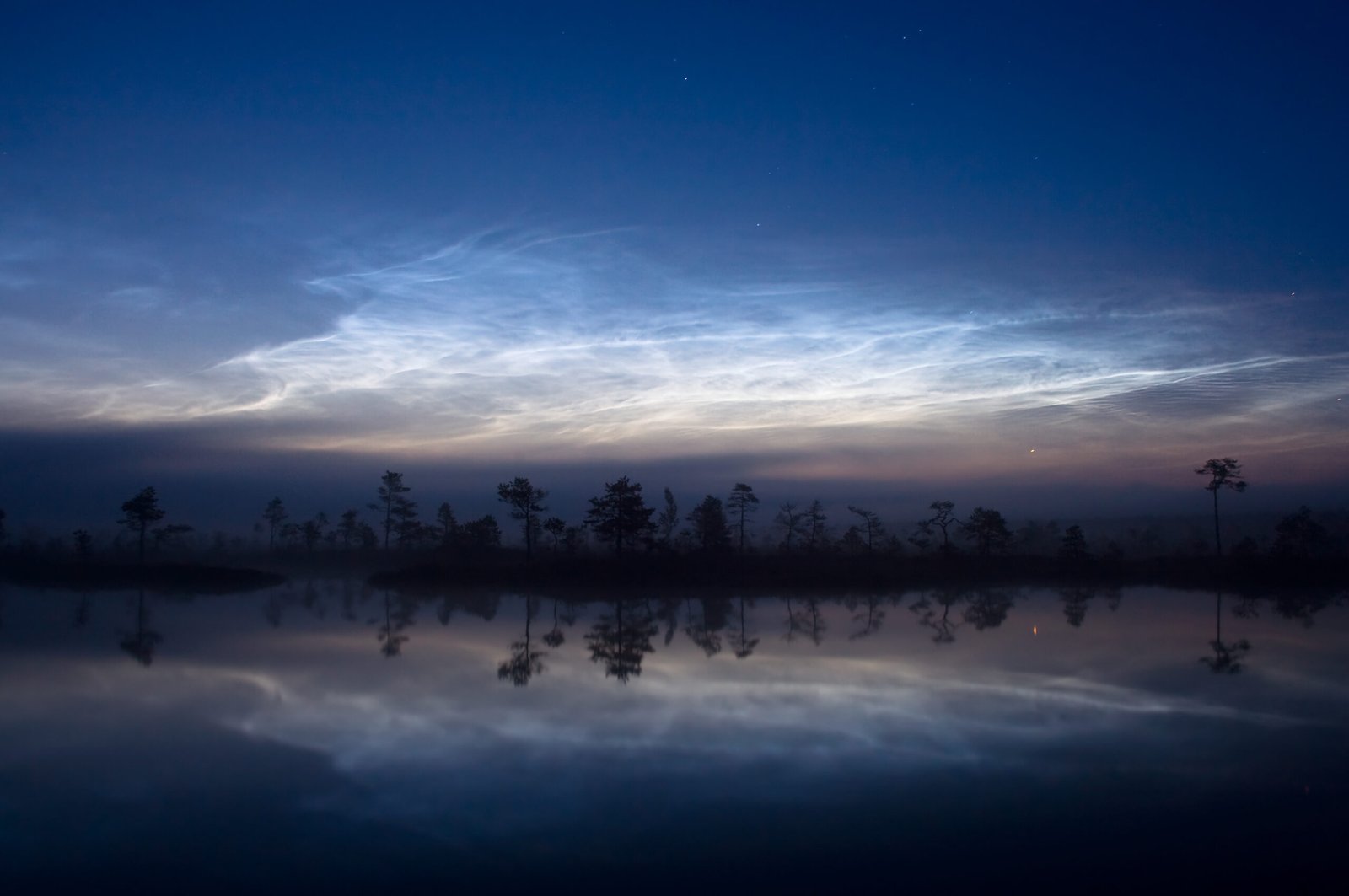
Noctilucent clouds, often called “night-shining clouds,” are the highest clouds in Earth’s atmosphere. They form in the mesosphere, about 76 to 85 kilometers (47 to 53 miles) above the surface—much higher than typical weather clouds. Unlike the fluffy cumulus clouds or the vast sheets of stratus we see in the daytime, noctilucent clouds are thin, wispy, and almost transparent. They appear only at twilight, when the sun has dipped just below the horizon but still illuminates these icy clouds from below, making them glow against the darkening sky. Their name comes from the Latin words for “night” (nocti) and “to shine” (lucent), perfectly capturing their enchanting appearance.
The Science Behind Their Glow
What makes noctilucent clouds visible at night is a fascinating blend of atmospheric physics and geometry. As the sun sets, its rays can no longer reach lower clouds, but they can still strike the extremely high noctilucent clouds from below the horizon. This unique lighting causes the clouds to glow with a silvery-blue hue, often appearing as delicate, rippling waves or intricate patterns. The color and brightness are influenced by the size and composition of the ice crystals that make up the clouds, as well as the angle of sunlight. The phenomenon is a beautiful reminder of how dramatic and surprising Earth’s atmosphere can be.
Where and When Can You See Them?
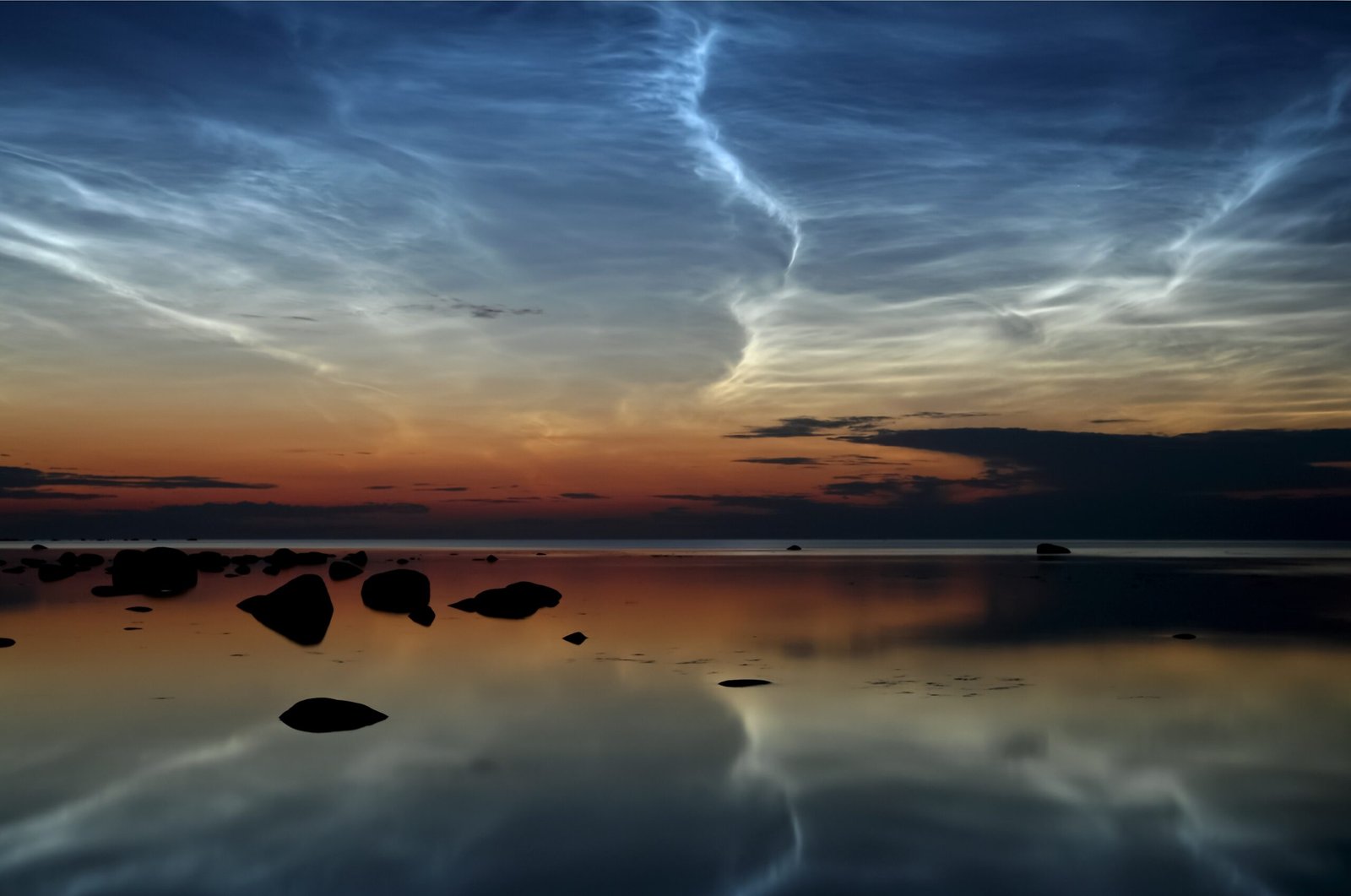
Spotting noctilucent clouds is a rare treat, mostly reserved for those living at latitudes between 50° and 70° north or south of the equator. They are most commonly seen during the summer months, when the upper atmosphere is cold enough for ice crystals to form, but there is still enough sunlight to illuminate them after sunset or before sunrise. Places like northern Europe, Canada, and parts of Russia are prime locations for viewing these glowing clouds. The best time to catch them is typically from late May to August in the Northern Hemisphere, and from late November to February in the Southern Hemisphere.
How Do Noctilucent Clouds Form?
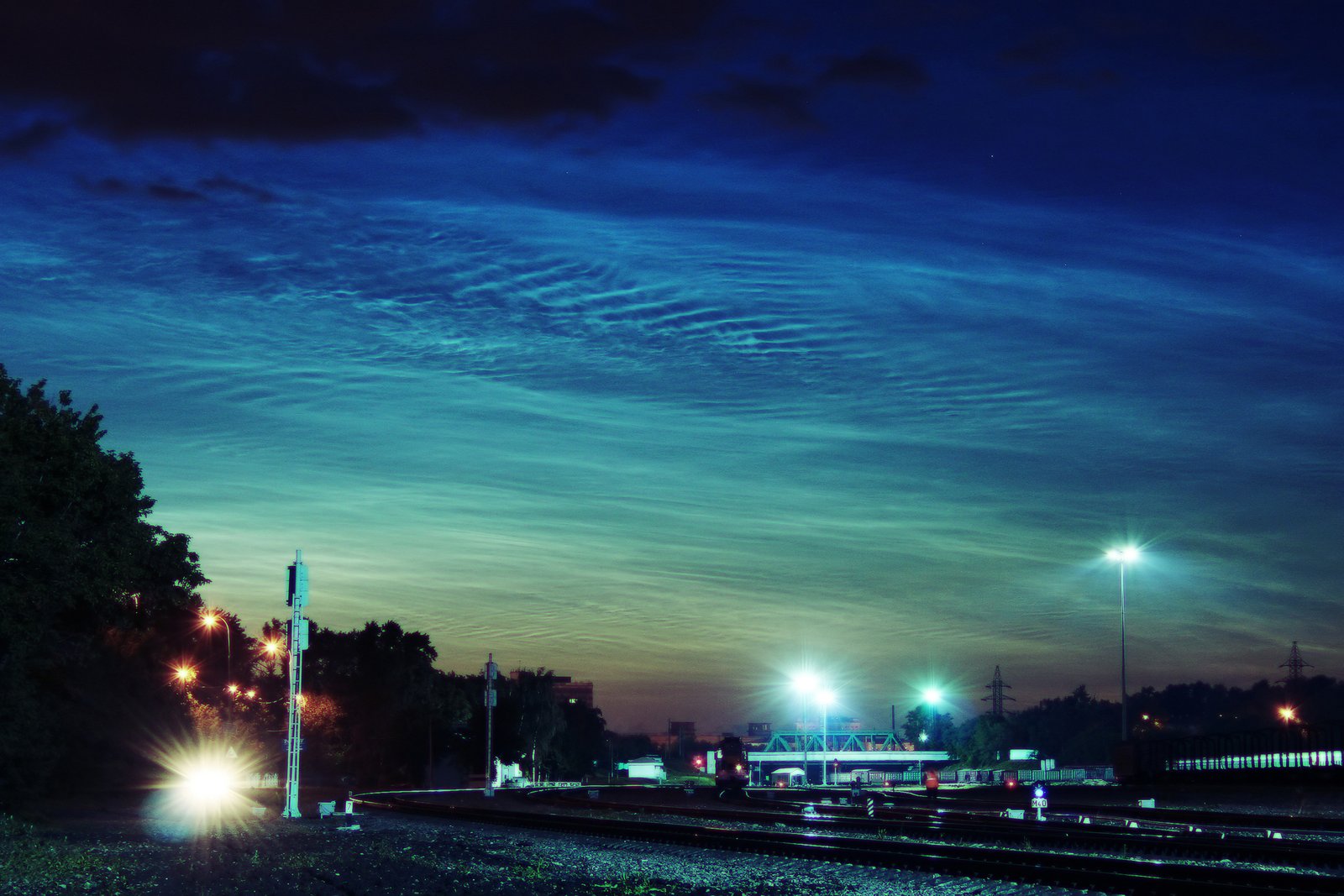
Noctilucent clouds form under very specific conditions in the mesosphere, where temperatures can plunge to -120°C (-184°F). At these extreme heights and frigid temperatures, water vapor condenses onto tiny particles, such as dust from meteors or volcanic ash, creating minuscule ice crystals. These crystals are so small and light that they can remain suspended in the thin air for long periods. The process is delicate and depends on a perfect balance of moisture, cold, and available particles, making noctilucent clouds an incredibly rare atmospheric event.
The Role of Meteor Dust
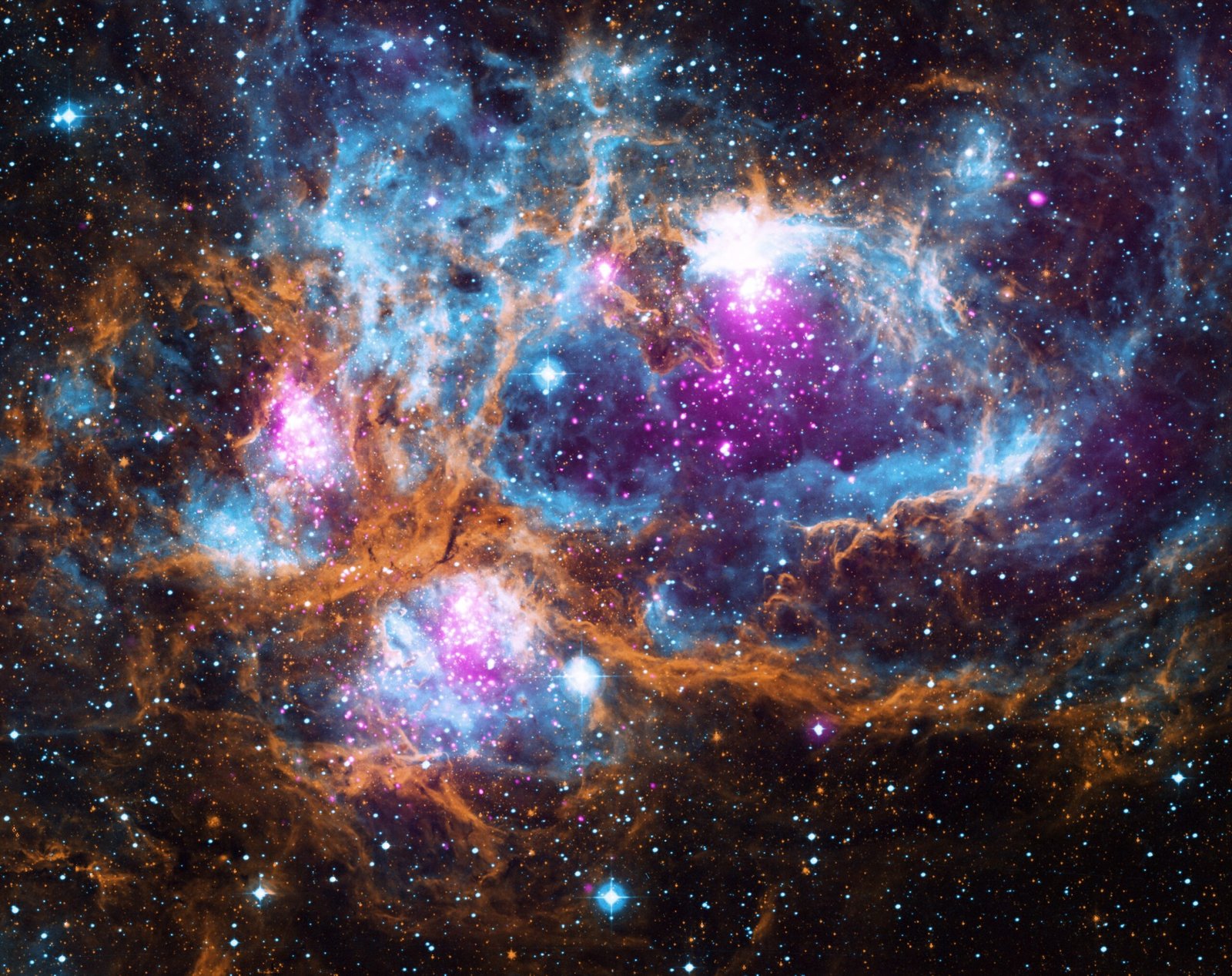
One of the most fascinating aspects of noctilucent clouds is their connection to space. Each year, Earth is bombarded by millions of tiny meteoroids that burn up in the upper atmosphere, leaving behind fine particles of dust. These microscopic fragments act as nuclei around which water vapor can condense, forming the ice crystals that make up noctilucent clouds. Without this cosmic dust, these clouds would be far less common. It’s a stunning example of how events happening far beyond our planet can influence the beauty we see in our night skies.
Noctilucent Clouds and Climate Change
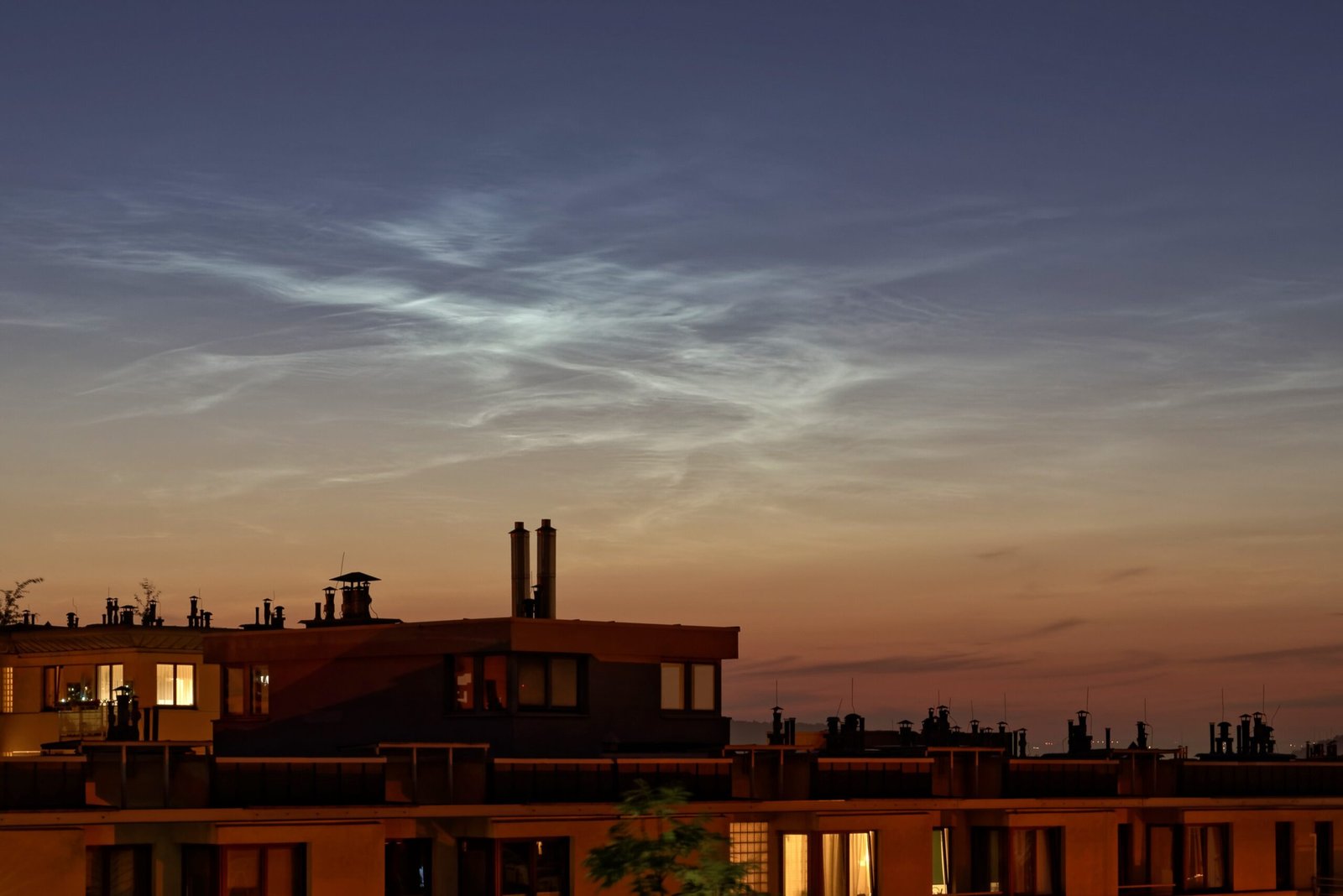
In recent decades, scientists have noticed that noctilucent clouds are being seen more frequently and at lower latitudes than ever before. Some researchers believe this trend could be linked to climate change. Increased greenhouse gases cool the mesosphere, creating conditions more favorable for noctilucent cloud formation. Additionally, human activities such as rocket launches and pollution may provide more water vapor and particles in the upper atmosphere. The changing patterns of these clouds offer a visible signal that our planet’s climate is shifting in subtle but profound ways.
Capturing Their Beauty: Photography and Observation
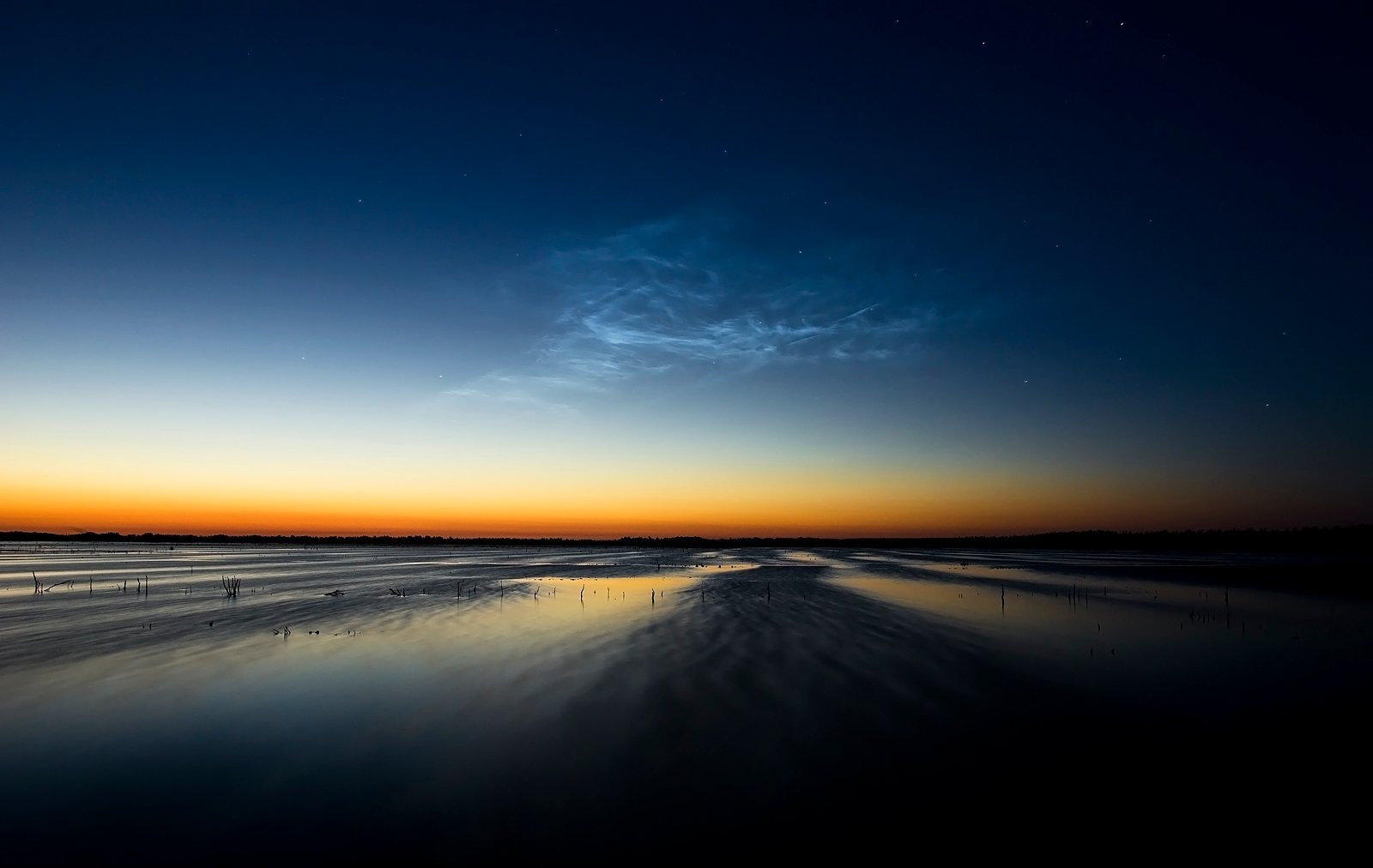
Photographing noctilucent clouds requires patience, planning, and a bit of luck. The best images are often taken with a wide-angle lens during the twilight hours, aiming toward the part of the sky where the sun has just set or is about to rise. Long exposures can capture the delicate tendrils and shimmering waves of the clouds, turning a fleeting natural marvel into a memorable photograph. Amateurs and professionals alike are drawn to the challenge, creating stunning visual records of these elusive clouds. Observing them can be a deeply emotional experience—standing in the quiet of dusk or dawn, watching the sky transform into a glowing canvas.
Noctilucent Clouds in History and Culture
The first recorded sighting of noctilucent clouds happened in 1885, just two years after the eruption of Krakatoa, one of the most powerful volcanic eruptions in history. Early observers were puzzled by the strange, glowing clouds that appeared at night, and some even believed they were a new type of aurora. Over time, noctilucent clouds have found their way into art, poetry, and folklore, inspiring a sense of awe and wonder. Their ghostly presence has led to myths about spirits and omens, reflecting humanity’s long-standing fascination with rare and beautiful sky phenomena.
How Scientists Study Noctilucent Clouds
Researchers use a variety of tools to study noctilucent clouds, including ground-based cameras, weather balloons, and satellites equipped with sensitive instruments. By analyzing the clouds’ brightness, altitude, and composition, scientists hope to better understand their formation and what they reveal about changes in the upper atmosphere. Satellite missions like NASA’s AIM (Aeronomy of Ice in the Mesosphere) have provided breathtaking images and valuable data, shedding light on the delicate balance of temperature, moisture, and dust that creates these clouds. Each new discovery helps unravel more of the mesosphere’s mysteries.
Noctilucent Clouds vs. Other Nighttime Phenomena
It’s easy to confuse noctilucent clouds with other nighttime spectacles, such as auroras or cirrus clouds. Unlike auroras, which are caused by charged particles from the sun interacting with Earth’s magnetic field, noctilucent clouds are made of ice crystals and only appear at very high altitudes. They also differ from cirrus clouds, which are found much lower in the sky and are visible during the day. The silvery-blue color, intricate patterns, and timing right after sunset or before sunrise are key clues that you are witnessing noctilucent clouds.
Why Noctilucent Clouds Matter
Noctilucent clouds are more than just a stunning visual phenomenon—they are important indicators of changes in our atmosphere. Because they form under very specific conditions and are sensitive to shifts in temperature and moisture, they serve as a natural laboratory for studying the impacts of pollution, climate change, and even space weather. Their increasing frequency and changing patterns may help scientists predict future trends in Earth’s climate, making them not only beautiful but also scientifically significant. Witnessing these clouds can spark curiosity, connect us to the natural world, and remind us of the delicate balance that sustains life on our planet.
A Lasting Impression: The Mystery of the Night-Shining Clouds
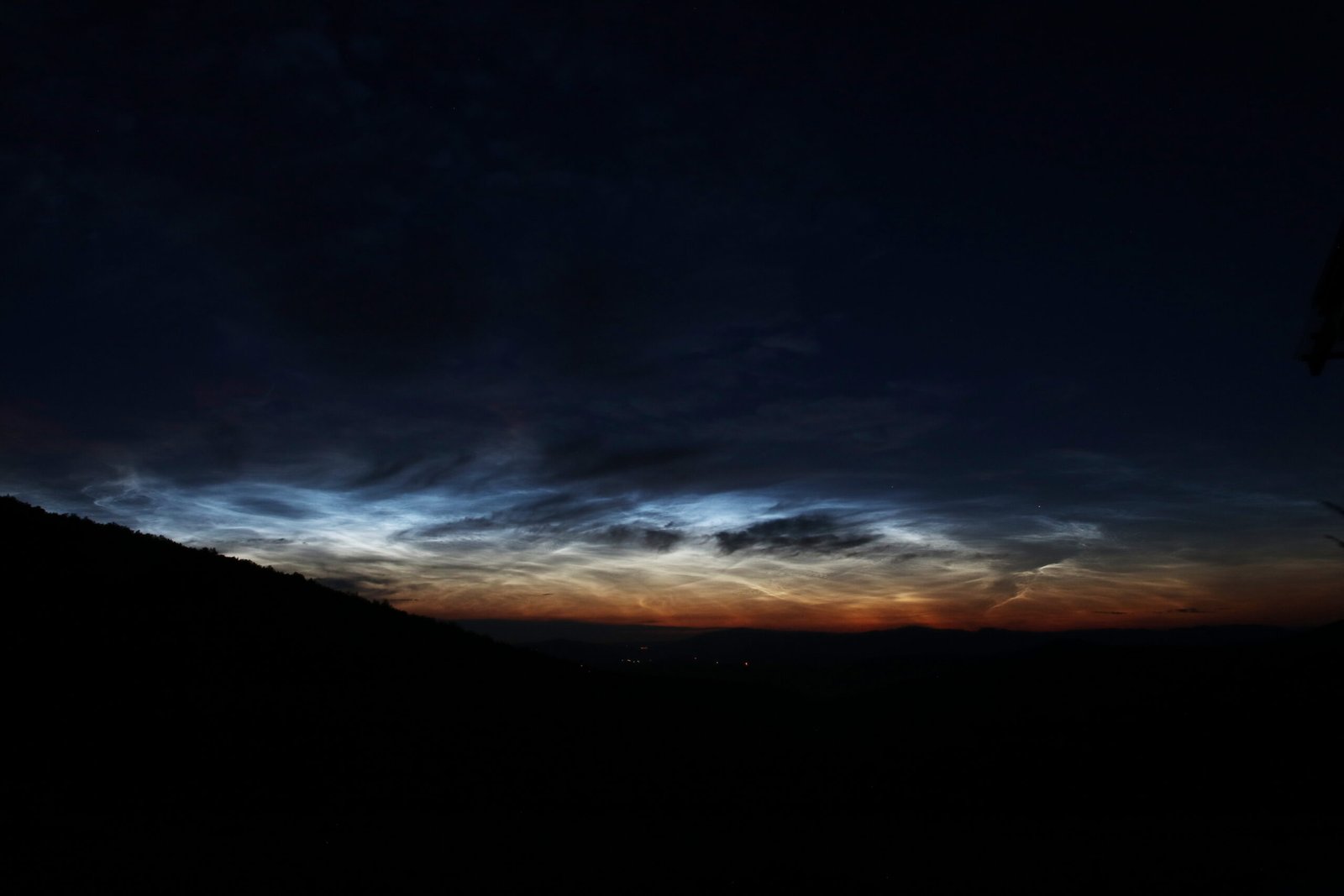
The sight of noctilucent clouds, glowing quietly in the twilight, is a humbling reminder of how much mystery still exists above our heads. These clouds are a testament to the interconnectedness of Earth and space, the delicate dance of water, ice, and dust happening at the edge of our atmosphere. As more people turn their eyes upward and share their experiences, noctilucent clouds are finding a place in our collective imagination. They are nature’s way of reminding us that even in darkness, there can be unexpected beauty and wonder.



